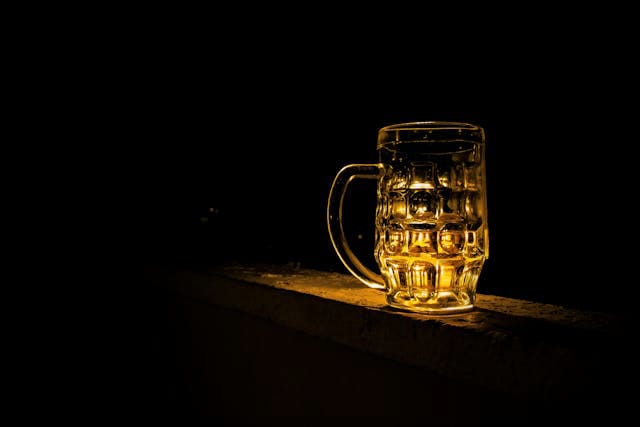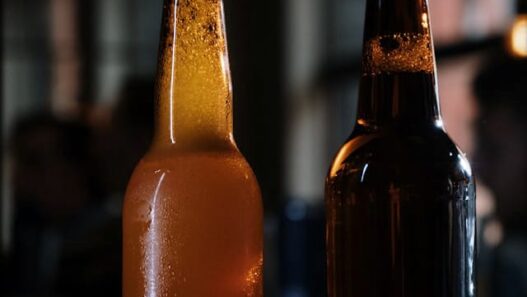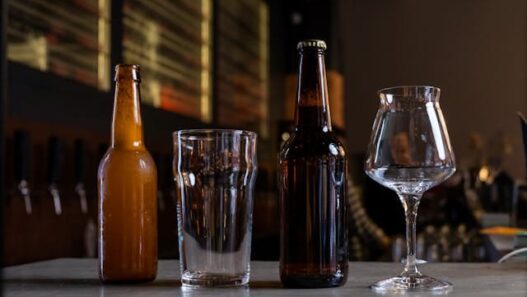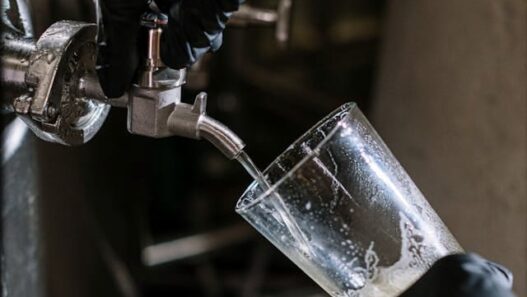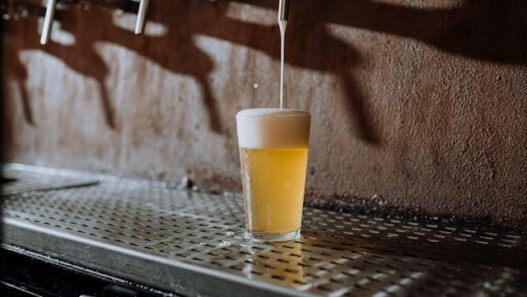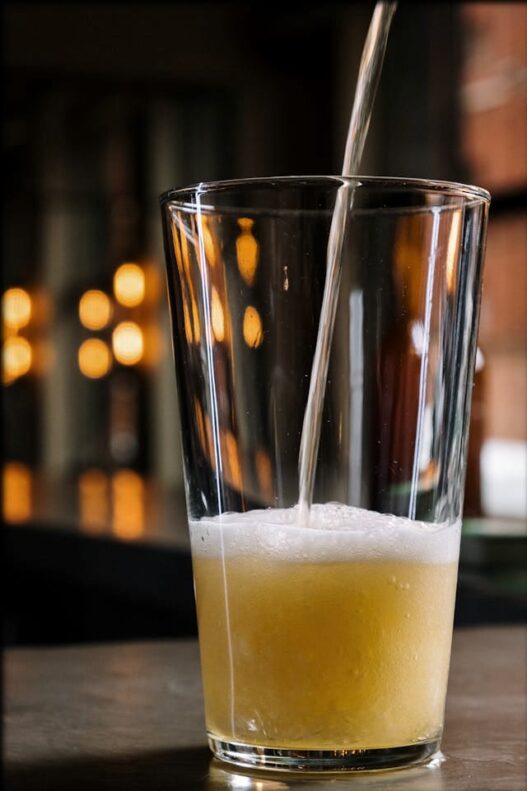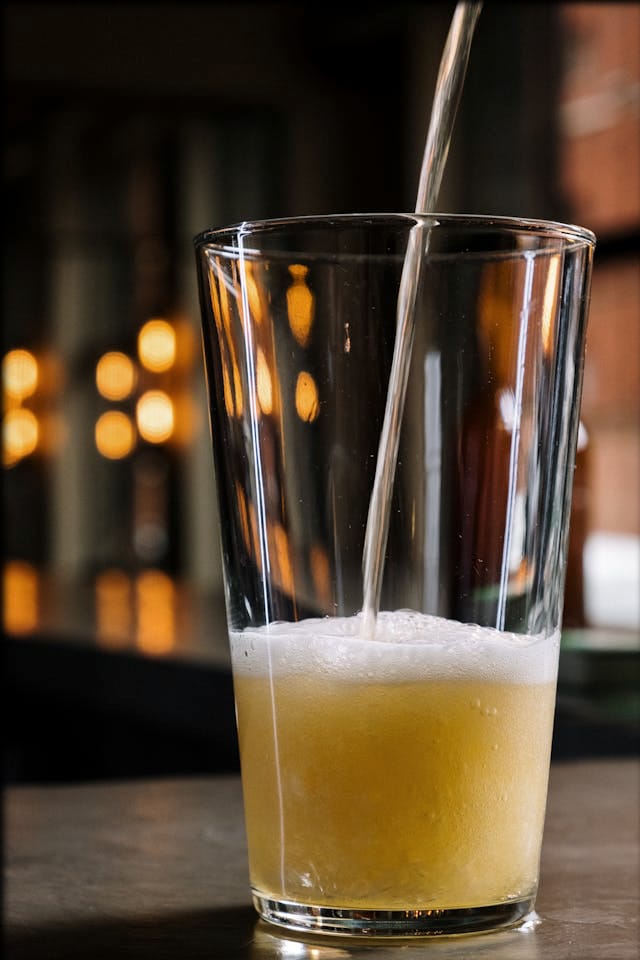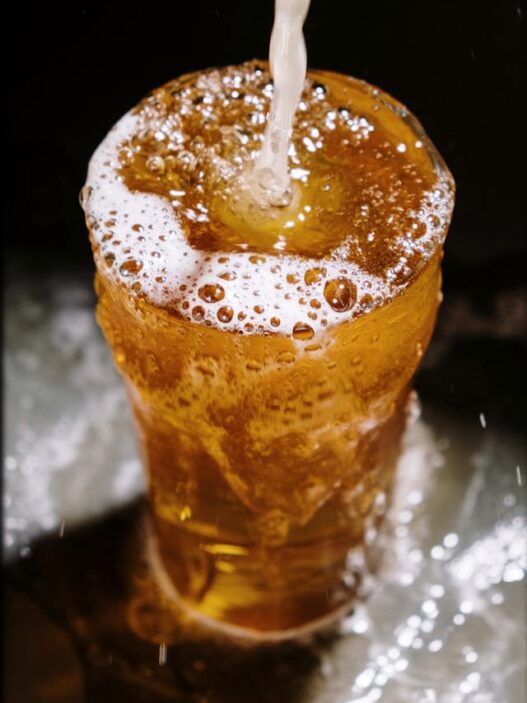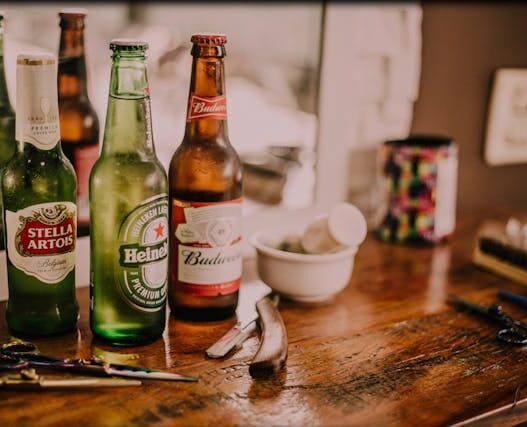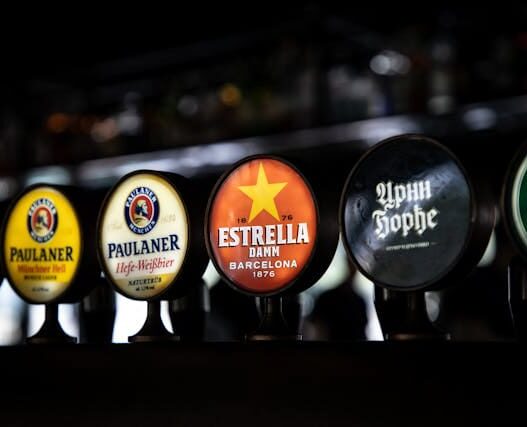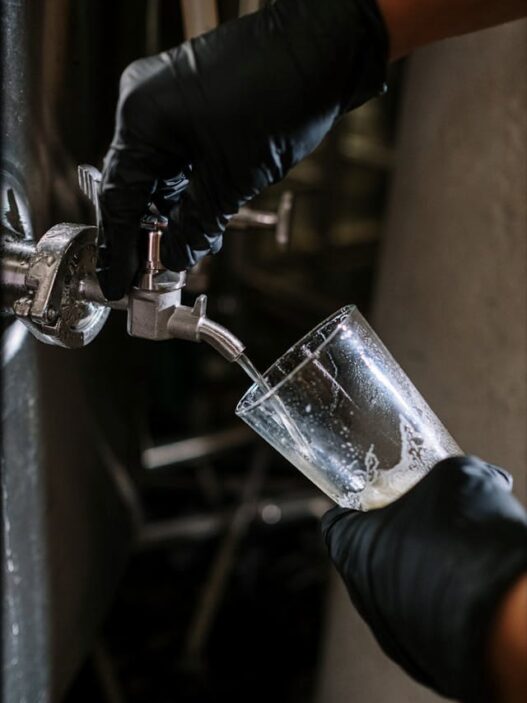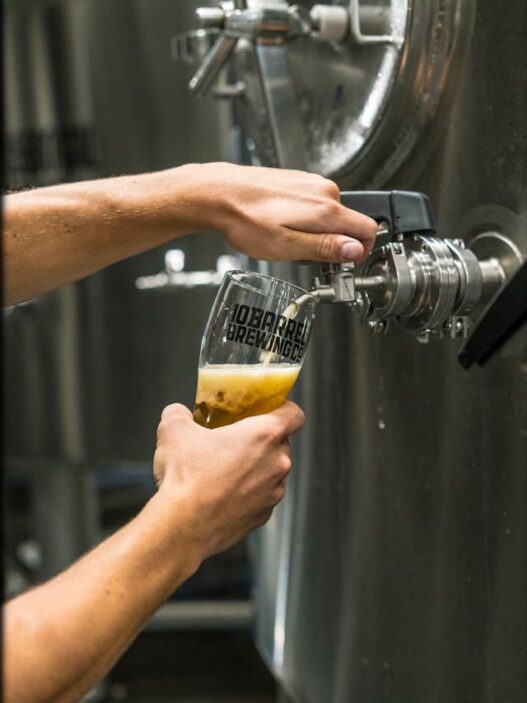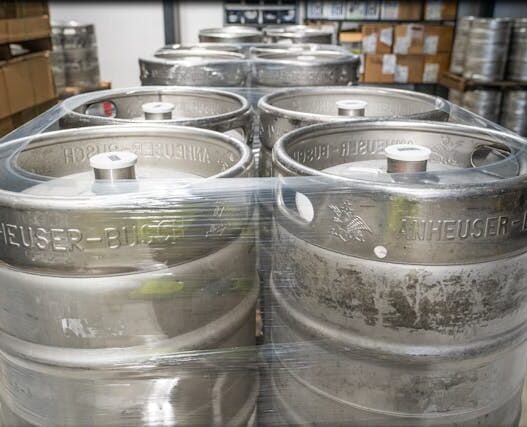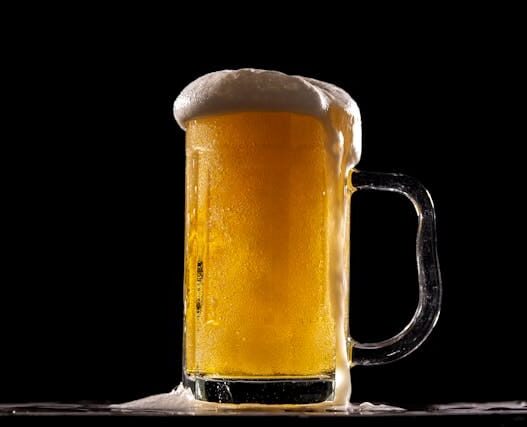-
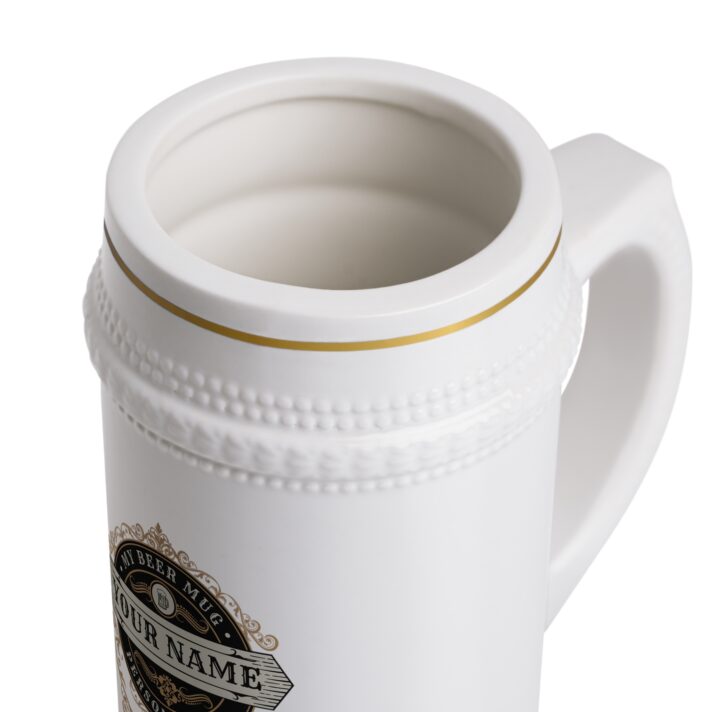
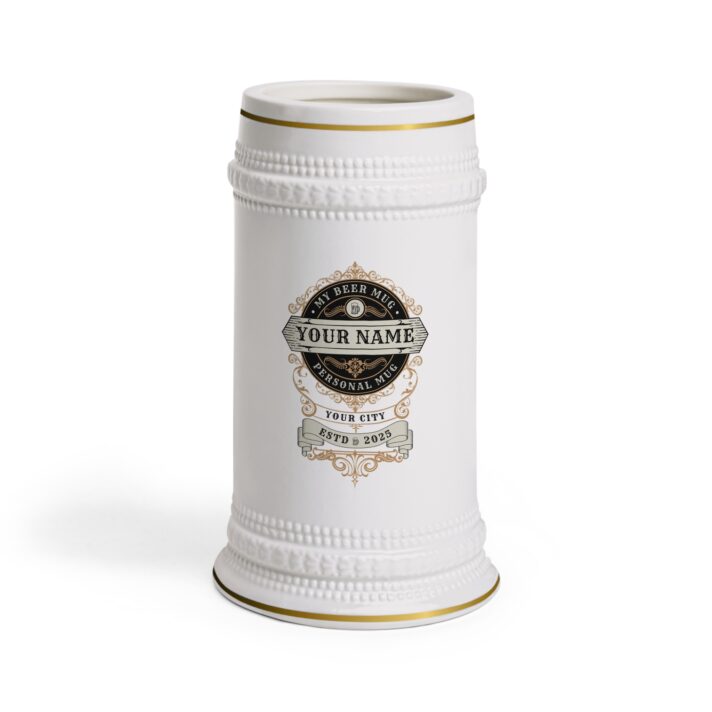
Personalized Beer Stein Mug – Custom Name & City – Perfect for Gifts & Celebrations
$34.00 -
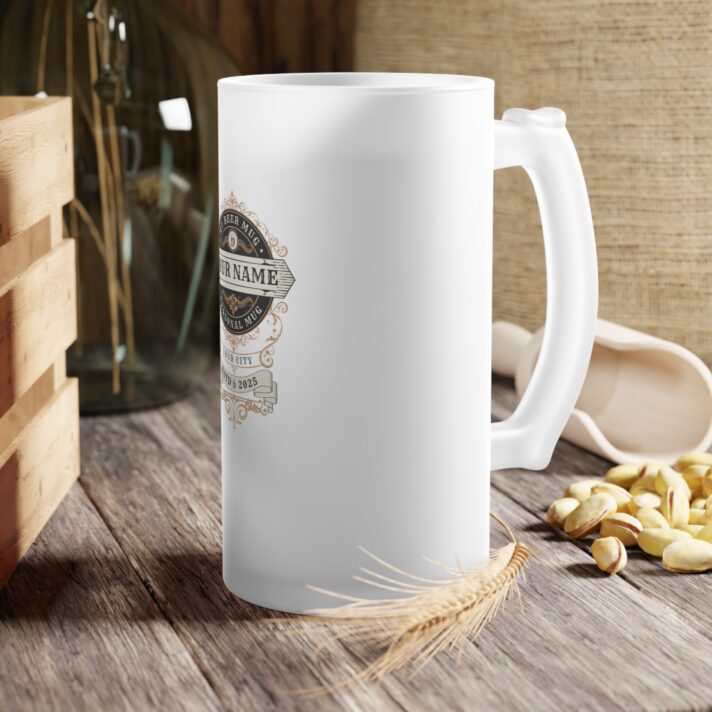
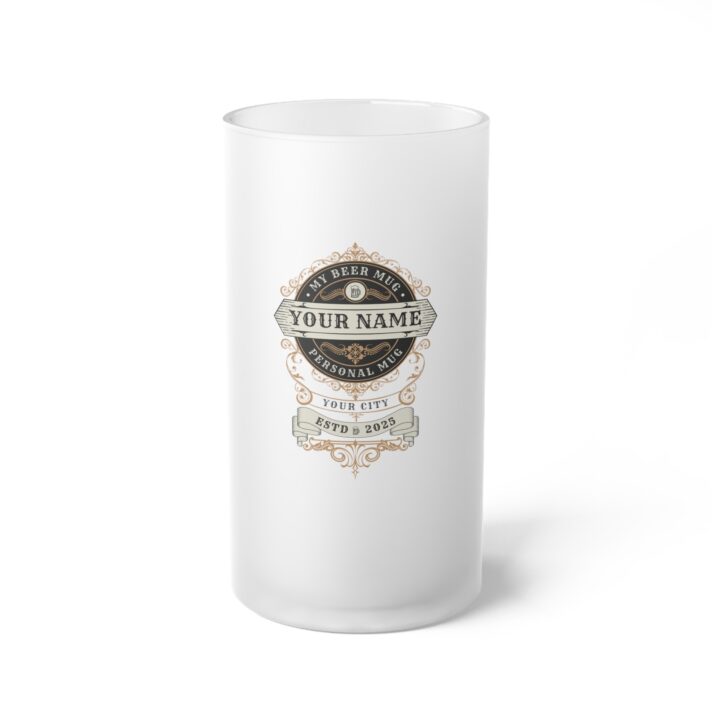
Personalized Frosted Glass Beer Mug – Custom Name & City – Perfect Gift for Beer Lovers
$42.00 -
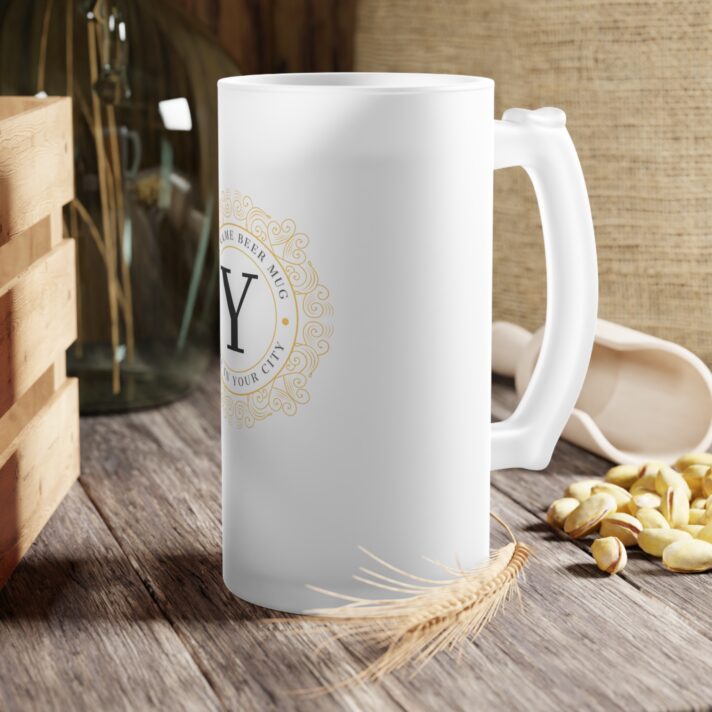
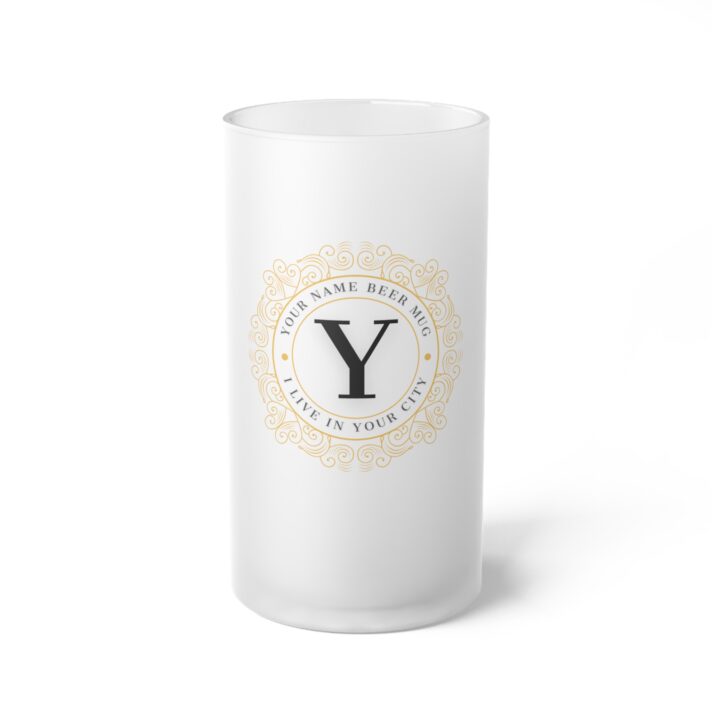
Personalized Frosted Glass Beer Mug – Customizable with Your Name, Perfect for Gifting, Celebrations & Special Occasions
$42.00
The sight of a flawlessly poured beer with a thick, frothy foam topping is truly unparalleled. But have you ever pondered the significance of beer foam or the scientific process behind its formation? The intriguing science of beer foam brings together physics, chemistry, and biology to enhance the drinking experience.
Let’s start by understanding the significance of beer foam. The foam on a beer serves multiple purposes. It helps retain the beer’s aroma by containing volatile compounds that give it a unique scent. Moreover, the foam acts as a barrier between the beer and the atmosphere, preventing carbon dioxide from escaping too fast and keeping the beer from going flat. Additionally, the foam enhances the overall mouthfeel of the beer, providing a creamy texture that complements the liquid below.
Beer foam forms when carbon dioxide gas bubbles are released from the liquid as it is poured into a glass. These bubbles rise to the surface and create foam, which is stabilized by proteins and other compounds in the beer.
The carbonation level of the beer is a crucial factor in determining the quality and longevity of the foam it produces. Highly carbonated beers, such as lagers and pilsners, tend to create thicker and more persistent foams compared to those with lower levels of carbonation. This is due to the smaller and more numerous carbon dioxide bubbles in highly carbonated beers, resulting in a denser and more stable foam.
The type of glassware used is another crucial factor for creating beer foam. The shape and cleanliness of the glass play a significant role in the quality of the foam. Glasses with a nucleation point, like an etched logo or rough patch on the bottom, can aid in foam formation by giving bubbles a surface to stick to. Having clean glasses free of residues or oils is also important for maintaining foam stability and preventing premature collapse.
Besides carbonation levels and glassware, the ingredients utilized during the brewing process can also impact the creation of beer foam. Factors such as the type of malt and hops can influence the proteins and compounds present in the beer, affecting the stability and thickness of the foam. Moreover, certain additives like foam stabilizers or surfactants can be incorporated to improve the foam-forming capabilities of a beer.
In general, the study of beer foam is a intricate and intriguing subject that encompasses a blend of physical, chemical, and biological mechanisms. Various factors such as carbonation levels, type of glassware, and beer ingredients can impact the creation and endurance of beer foam. Therefore, when you are savoring a cold glass of your preferred brew, consider the scientific processes that contribute to the frothy head on top. Cheers!
